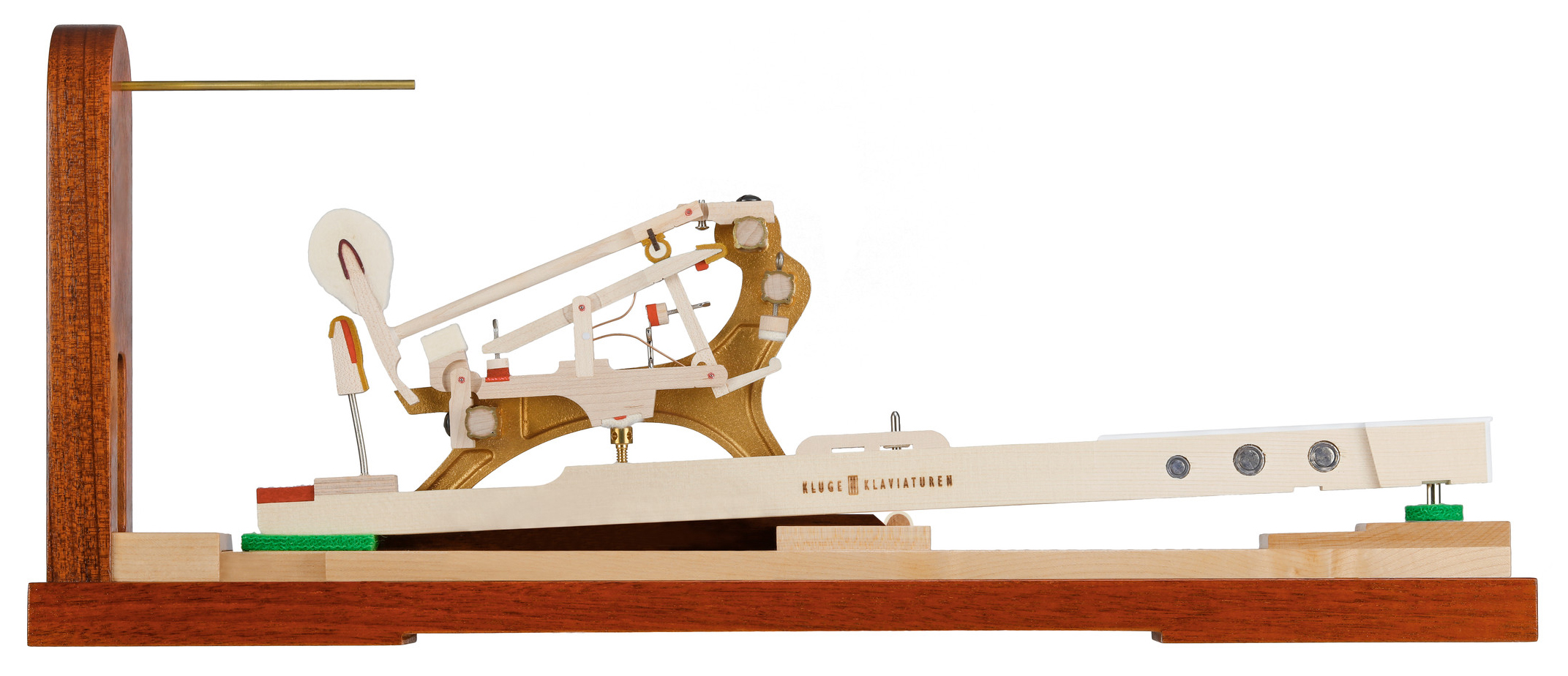Development Of Piano
It is believed that the story of the piano began when Bartolomeo Cristofori felt that the harpsichord provided musicians with limited control over playing volume. In the early 1700s, Cristofori invented a harpsichord that can play ‘soft and loud’, the “gravicembalo col piano e forte”, later shortened to “fortepiano”.
Following this, the piano’s action was developed upon by many instrument manufacturers. Johann Andreas Stein invented the Viennese Action circa 1770. In 1860, Henry Steinway develops the first Steinway Patent: the grand piano action. 9 years later, his brother C.F. Theodore Steinway would invent a new action featuring the world’s first metallic action frame, influencing the design of modern-day piano actions.

Modern Steinway key-action featuring the Tubular Action Frame invented by C.F.T. Steinway in the 19th Century.
Throughout the 19th century, the continuous development of the piano saw it take many shapes and sizes, with the square piano being one of the most popular designs. The attempt to string a piano vertically also resulted in interesting shapes like the ‘giraffe piano’ and the ‘pyramid piano’. During this period, famed piano manufacturer Chickering (& Mackays) also developed on their employee Alpheus Babcock’s innovation of cast-iron frames, paving the way for modern pianos’ ability to support high string tension and generate powerful sounds.